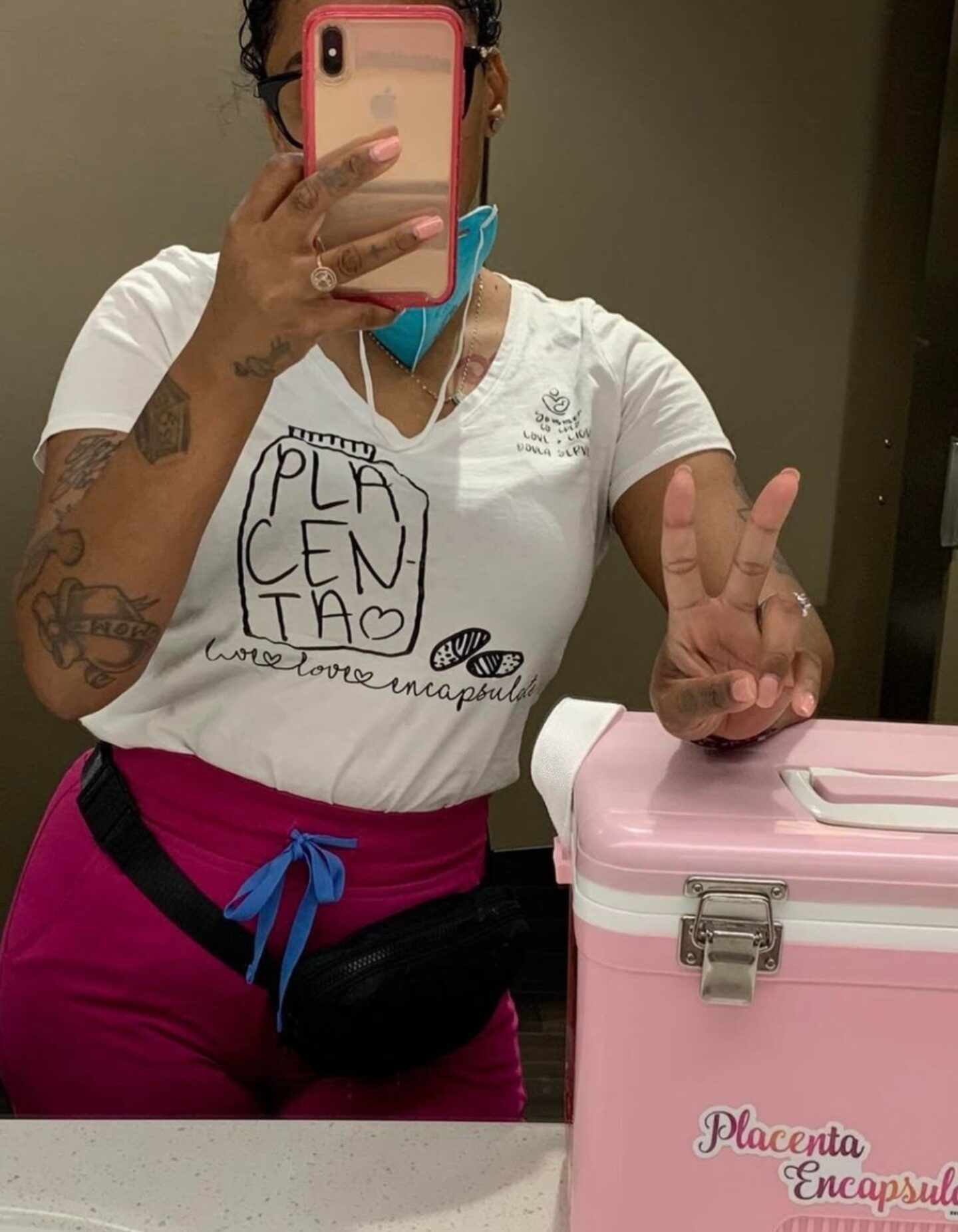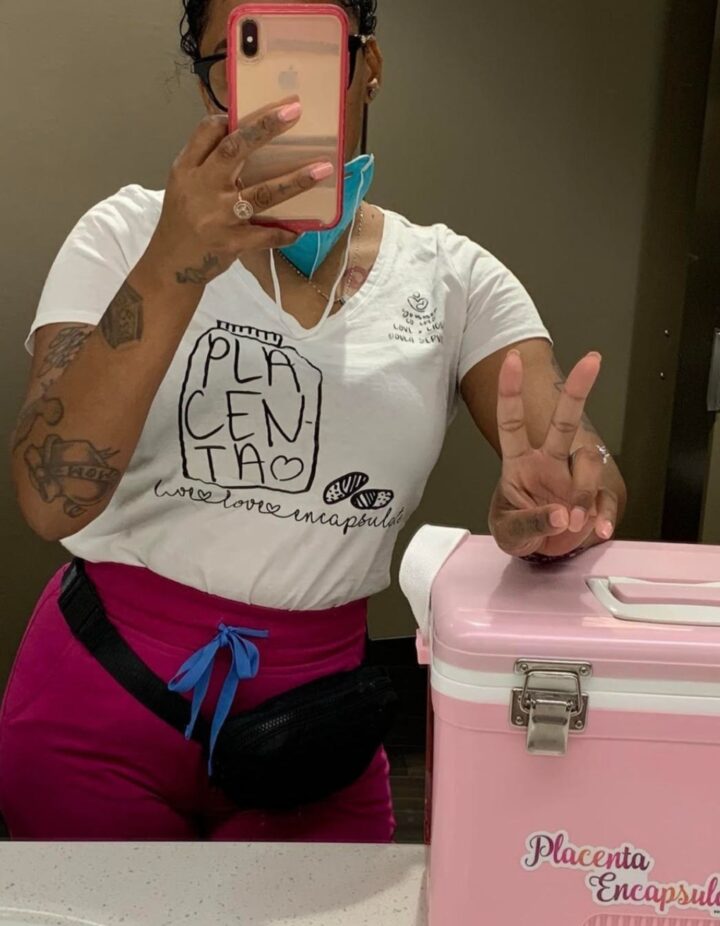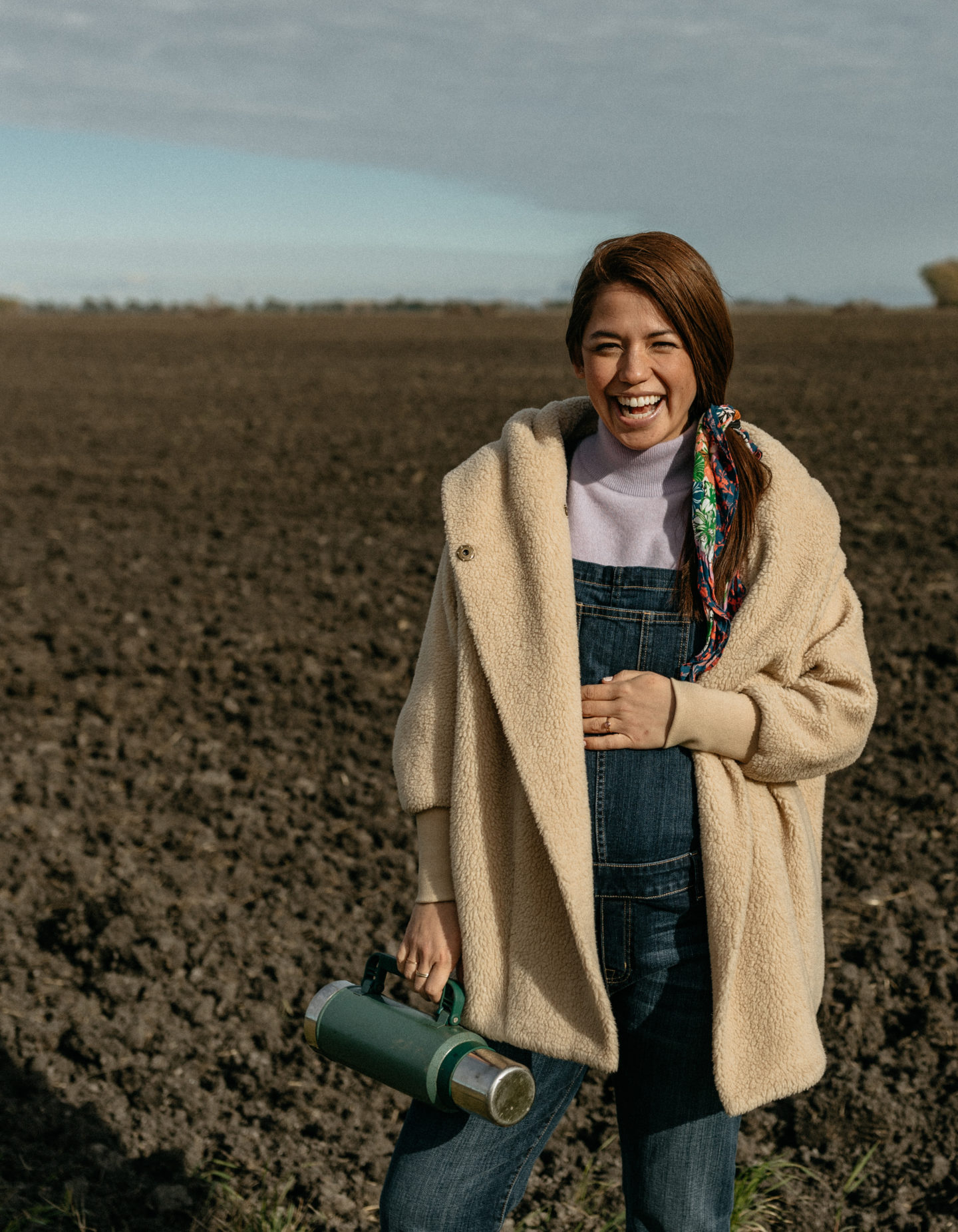If someone were to introduce themselves as a “placenta rescuer” at a dinner party, you might be left scratching your head. But for Sommer Leashore, this particular pursuit isn’t just a hobby but a life calling. As a Placenta Savior, her mission is to safeguard, celebrate, and ingeniously repurpose this precious postpartum discard into something useful.
There’s tons of research about the power of the placenta (which, by the way, would make a great graphic t-shirt). We dove into more of the why here. The placenta might not win any beauty contests but think of it as the ultimate prenatal VIP lounge – ensuring your babe gets the finest nutrients while promptly evicting any waste. It’s a five-star service worth holding onto.
Now, you may be wondering, what does this ‘placenta rescue’ business entail? Like, why does it need rescuing?
How much does it cost? And on, and on, and on.
“It can be several things, from encapsulating your placenta to creating art,” says Sommer, who ensures the placenta is repurposed for the mother’s heath. “There are many healthy ways to use it to make the experience meaningful.”
Ok, so in case you may not know: your placenta is like a special baby-support system that forms in your womb during pregnancy. It works like a kitchen, providing food and oxygen for babe to grow.
It’s also like a waste management system, removing the baby’s waste. The placenta sticks to the side of the womb, and it’s connected to the baby by the umbilical cord.
Once you give birth, your placenta naturally detaches and leaves your body. The blood vessels connect to it and seal up while your womb shrinks down, helping you from bleeding too much.
(Isn’t the body incredible?) You might even feel the placenta slide out from between your legs.
“The placenta can take up to 30 minutes to come out,” says Sommer. “Once it’s released to me, I examine and ensure no missing pieces, discoloration, foul odors, anything like that.”
Then, based on the mother’s preferences, Sommer will turn that goodness into capsules, salves, or even art prints. The encapsulation process can involve various flavors, from bubblegum strawberry to more savory ones like carrot, to appeal to different tastes.

How did Sommer get into this line of work?
Sommer has been a doula for almost nine years. But, during COVID, hospitals wouldn’t let doulas in the room, or birthing partners or family members to help physically in the hospital room. “Placenta rescue was a way for me to still be there for people,” says Sommer.
Sommer had also experienced the benefits of placenta consumption firsthand after her most recent birth. She noticed a stark contrast in her postpartum experience compared to her previous births, where she hadn’t consumed her placenta.
She’s the first to admit that she never envisioned this career path for herself. She initially studied dance, fashion, and cosmetology. However, her journey through caring for her parents, especially her time in hospice care, led her towards this unique path that celebrates the beginning of life.
Today, even her four boys understand and appreciate her work. They’ve even corrected their teachers at school about birth-related facts that they’ve learned from their mom!
Placenta rescue is undoubtedly a unique field that may not be widely understood. However, Sommer’s journey shows us how this unusual path can provide extraordinary benefits for new mothers and represents a profound appreciation of the birthing process.
The Cost and Legalities
Depending on the specialist and location, placenta rescue services can cost between $200 to $500. Sommer’s go-to comprehensive package costs $300 and includes capsules, placenta prints, umbilical cord keepsakes, chocolates, face masks, and belly oil, among other things.
Ensuring that your placenta specialist is certified and operates with full legal compliance is essential. “You want to ensure that they are certified with OSHA and a certified placenta encapsulation specialist,” Sommer says. She emphasizes the importance of proper legal contracts and certificates to protect both parties.
But WTF do you actually get?
“Once birth happens, I come to pick up the placenta,” Sommer says. “I need to be notified by the second-hour mark of the placenta exit; otherwise, the placenta will need to be put on ice until my arrival. If the placenta has been taken to pathology, I cannot encapsulate it because of possible exposure to testing chemicals.”
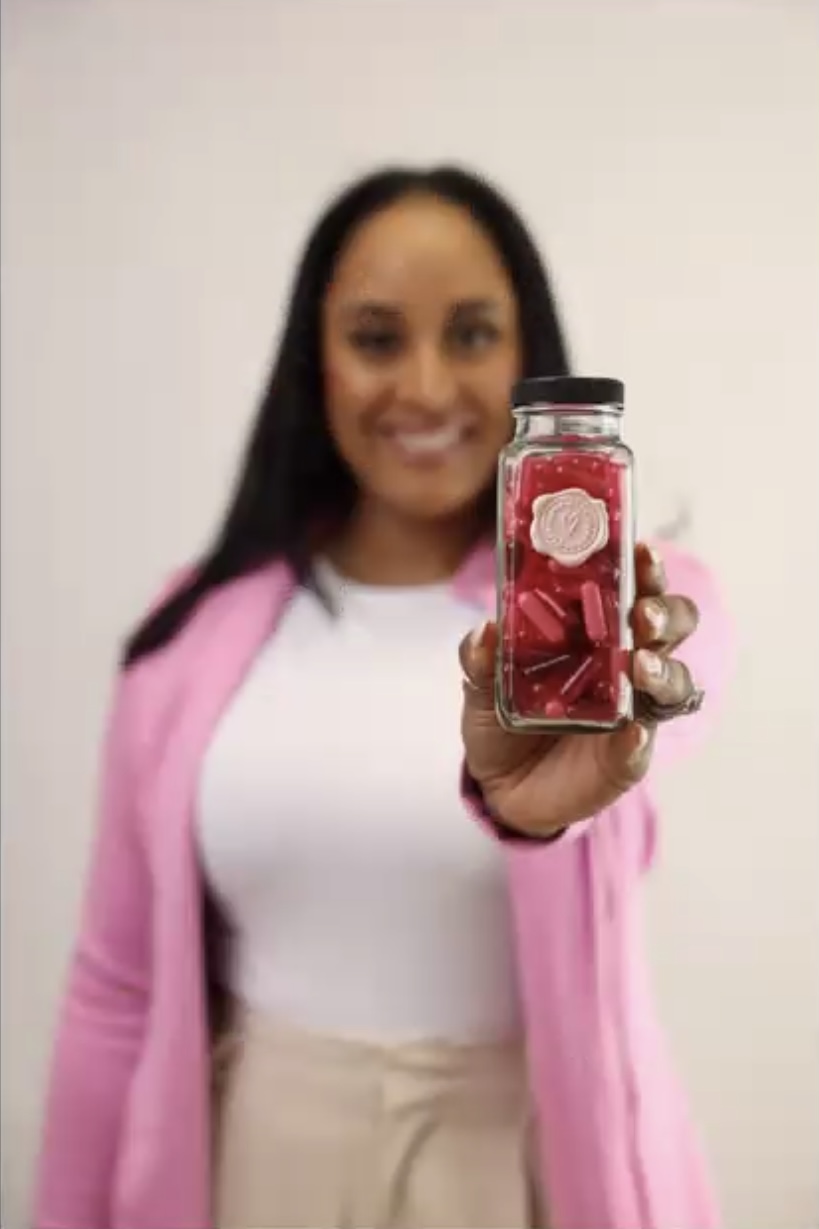
Sommer explains that she’ll ask several questions about the placenta delivery and do a second examination at the hospital. “I will proceed with encapsulation if there are no abnormalities, foul odors, and discolorations. I start with a placenta art print of your color scheme, then steaming, dehydrating, capsule filling, and packaging. I offer vegan and gelatin capsule options with various colors to fit your color scheme as best as possible and form the umbilical cord keepsake. All of this is about a 3-day process from start to finish.
What if you don’t get there fast enough?
“If at any time I am made aware ahead of time that I cannot get your placenta in time — If I am testing positive for COVID or unable to leave work due to short staffing or anything that is out of my control I will either provide you with a cooler, biohazard bag, container with lid and ice for the nurses to place your placenta in and ask that you have a family member take it home and place in freezer,” she explains. “Or I will have my backup Doula set up a pickup.
“
So, uh, how do you create this stuff and what does this stuff actually turn out looking like?
To create placenta capsules, Sommer must begin by rinsing the placenta to remove any excess blood and debris. Then, she steams it thoroughly.
Want a visual?
She then slices the steamed placenta into thin strips and dehydrates them until completely dry. Next comes the grinding of the dehydrated placenta into a fine powder. She then fills up capsules with the powdered placenta using a capsule-filling machine or by hand. Capsules are stored properly in an airtight glass jar, away from sunlight, moisture, and heat.
To create a piece of art, the placenta is rinsed and preserved through techniques like freeze-drying or salt preservation. Non-toxic paints or natural pigments are used to add color.
Below, you can see an assortment of creations from Sommer’s full Postpartum Wellness Package to capsules and artwork.
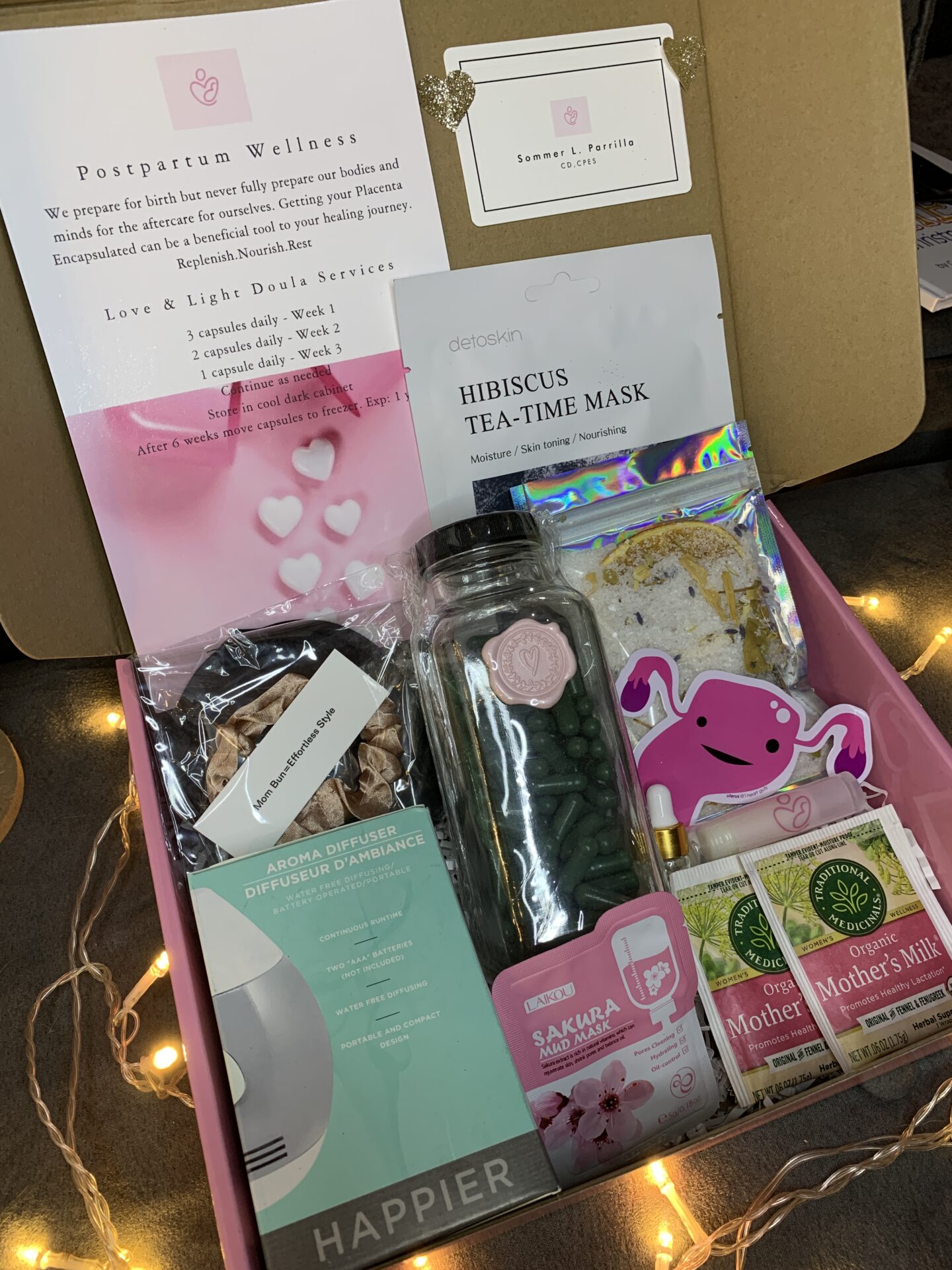
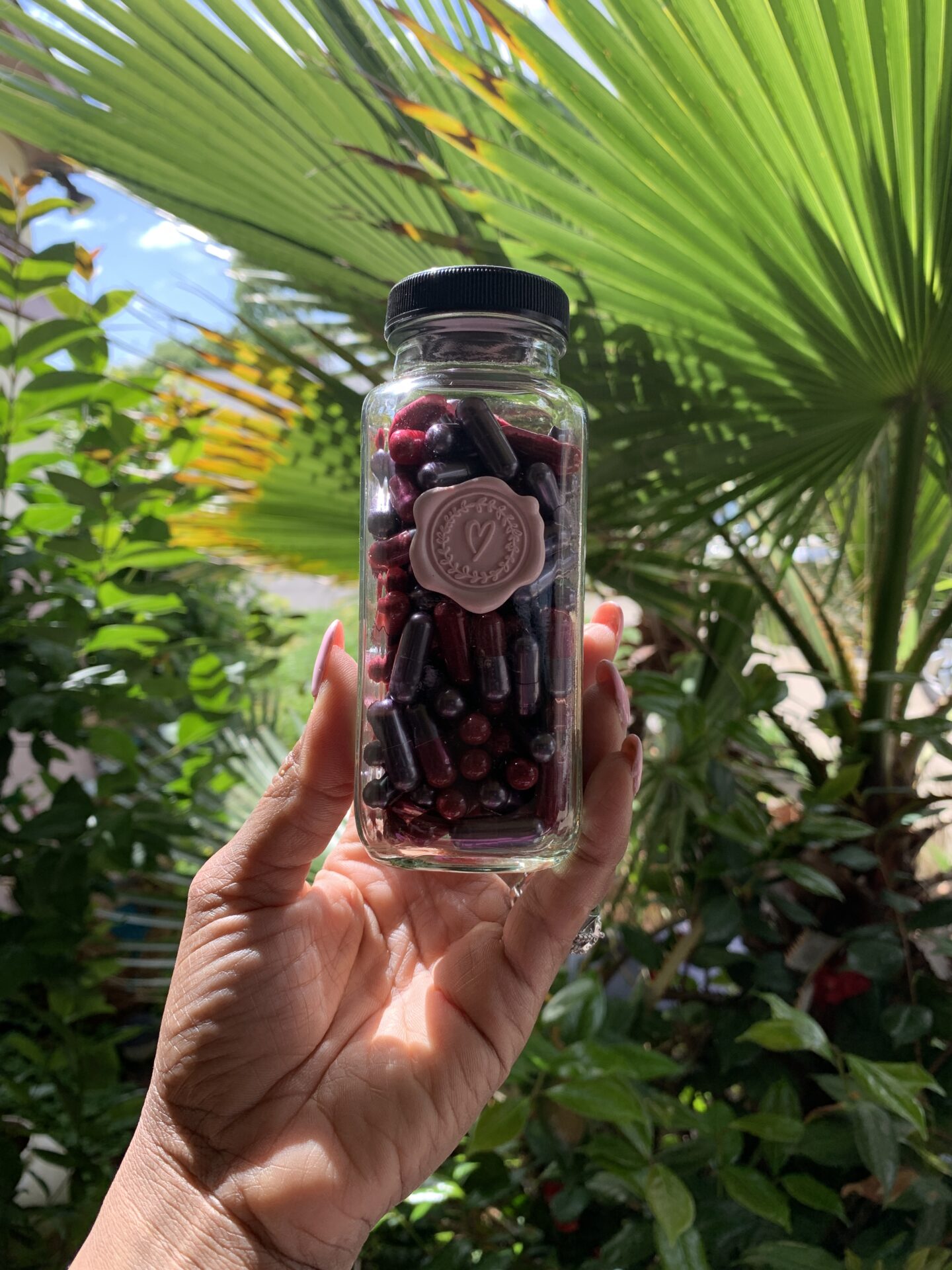
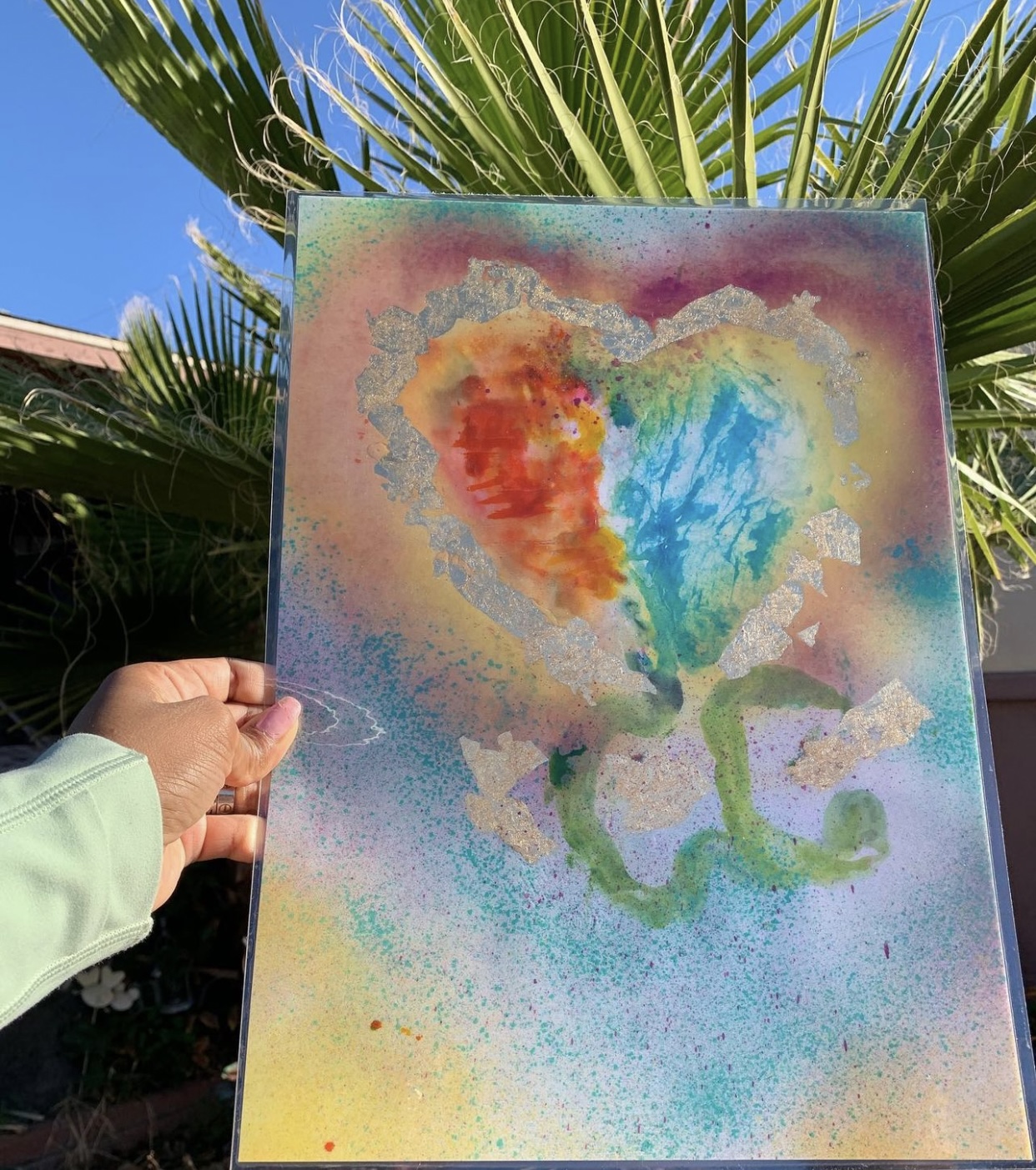
You can book your encapsulation with Sommer on her website here. Follow Sommer Leashore on TikTok here or Instagram here.
